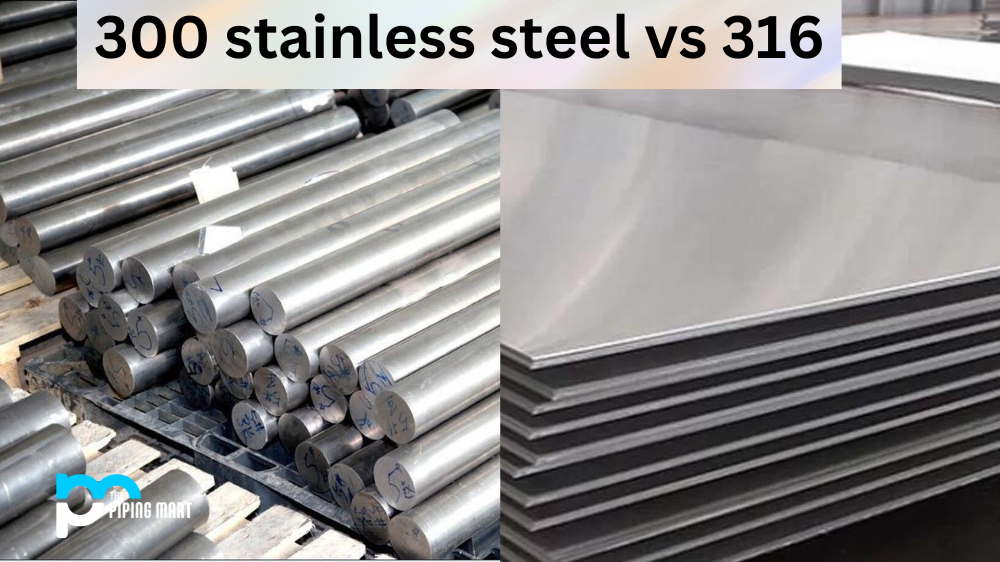Copper zinc superoxide dismutase (CuZnSOD) is an enzyme found in most living organisms that play an important role in protecting cells from oxidative stress. CuZnSOD helps to break down highly reactive oxygen molecules known as free radicals, which can damage cells and lead to disease. In this post, we’ll explore the structure and mechanism of CuZnSOD to understand better how it works.
Structure of CuZnSOD
CuZnSOD is a metalloenzyme composed of two copper and zinc atoms bound together by sulfur-containing amino acid side chains. The three-dimensional structure of CuZnSOD consists of two identical subunits that form an active site cavity between them. This cavity contains copper and zinc atoms and several other amino acids essential for its function.
Mechanism of CuZnSOD
CuZnSOD works by catalyzing the breakdown of the highly reactive oxygen molecule superoxide into two less-reactive oxygen molecules—hydrogen peroxide and oxygen—thus preventing oxidative damage to cells. For this reaction to occur, CuZnSOD must first bind with one superoxide molecule in its active site cavity, which then causes a conformational change in the enzyme, allowing it to bind with a second superoxide molecule. The binding process triggers electron transfer from one superoxide molecule to another, breaking both molecules into hydrogen peroxide and oxygen.
Conclusion:
Copper zinc superoxide dismutase (CuZnSOD) is an important enzyme found in most living organisms that helps protect cells from oxidative damage caused by free radicals. Its structure consists of two identical subunits containing copper and zinc atoms bound together by sulfur-containing amino acid side chains, while its mechanism involves catalyzing the breakdown of superoxide into hydrogen peroxide and oxygen molecules. Understanding how CuZnSOD works can help us better understand how cells respond to oxidative stress and develop treatments for diseases caused by free radical damage.

Abhishek is a seasoned blogger and industry expert, sharing his insights and knowledge on various topics. With his research, Abhishek offers valuable insights and tips for professionals and enthusiasts. Follow him for expert advice on the latest trends and developments in the metal industry.




